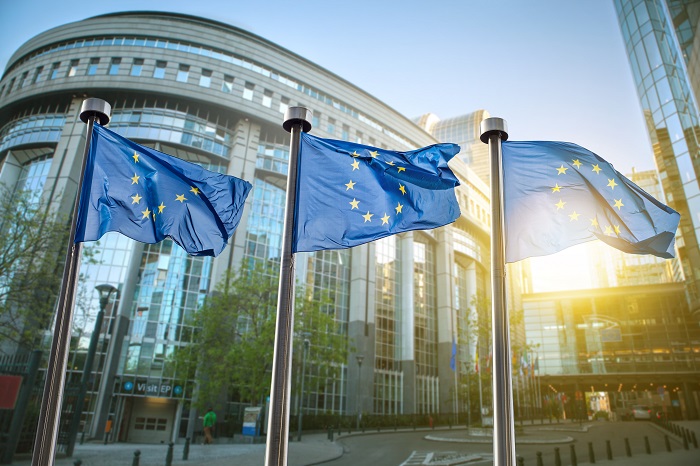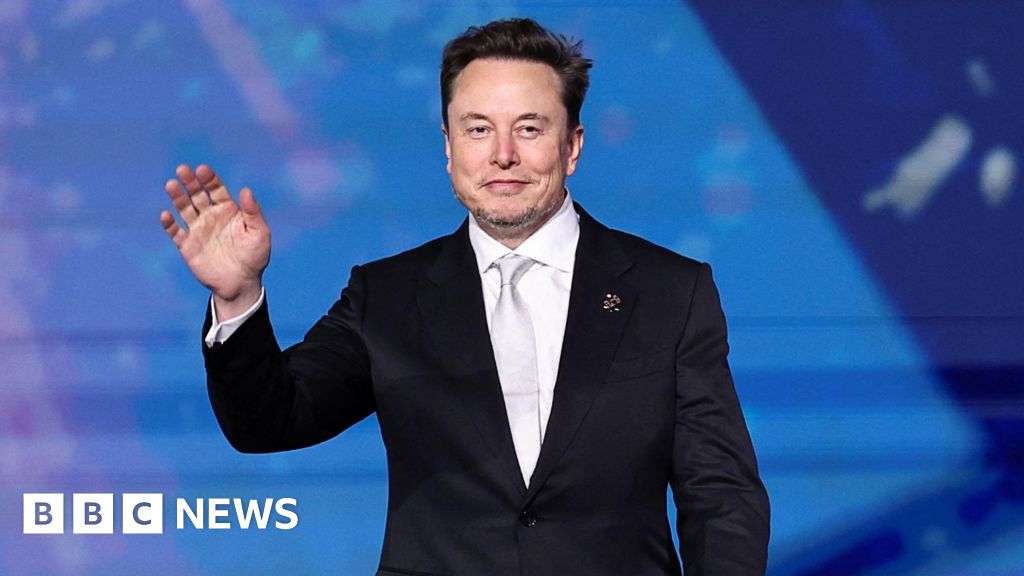Many U.S. businesses seeking to expand their global footprint are turning their attention to Europe. This doesn’t just apply to massive, multi-national companies. Small-to-medium-sized businesses account for 99% of all organizations in the region, according to the European Union.
While the EU represents an important landscape with diverse potential, most U.S.-based HR practitioners don’t have experience working outside of North America. But that doesn’t mean the opportunity won’t arise as globalization efforts and remote connections extend. According to the governmental organization Eurostat, “The United States accounted for the largest share of the EU workforce employed by foreign affiliates in the EU that were ultimately controlled by residents from outside the EU.”
This is why, in May 2024, HRE will debut HR Technology Europe in Amsterdam, a conference and vendor expo for senior HR professionals interested in the European business market. Earlier this fall, the organizers of HR Tech in Las Vegas invited respected European analysts Mervyn Dinnen and Matt Alder to speak to attendees about the intricacies of the European HR technology sector, shedding light on the trends, challenges and opportunities of business operations across the Atlantic. Here are some of the key themes they uncovered.
Common technology, different context
While HR technology delivered in Europe and the U.S. is generally the same—quite often provided from the same vendors and platforms—the driving forces behind the adoption and application differ, according to Dinnen and Alder.
For one, Europe isn’t homogeneous. The cultural, linguistic and regulatory diversity across the EU and its non-member countries necessitate a nuanced approach to technology integration. It’s important to remember that while the EU is often regarded as a single entity, it is currently comprised of 27 member countries with hundreds of spoken languages. Not only does the context differ from that in the U.S., but it is also a range of many distinct cultures.
Alder also drew attention to the inconsistent distribution of tech advancements within the EU. He said the technological “future” is not evenly located across member countries. Some European countries dedicate more resources toward tech innovations, while others are more conservative or limited by budget and expertise. According to the World Economic Forum, Sweden is the most innovative country in Europe, trailed by Finland, Denmark, Netherlands and Belgium.
While the U.S. is on the precipice of AI-related regulation, the intricacies of AI regulation and legislation have been a central concern for European regulators for some time. The EU’s recently approved AI Act, scheduled for adoption in 2024 and gradual implementation until 2026, classifies AI systems based on the risks they pose to users.
This regulatory landscape, and the increasing inclusion of AI in the HR tech stack, underscores the need for U.S. HR leaders to navigate diverse legal frameworks when considering technology solutions in Europe, according to the duo.
Work/life balance is important to European culture
With a more mature workforce overall, Dinnen emphasized that in Europe, work/life balance is “not an aspiration but a way of life.” The significance of supporting employee wellbeing is deeply ingrained in the organizational ethos, forming an integral part of why individuals choose to work for a particular company.
“Supporting people in wellbeing is very important in Europe,” said Dinnen. It’s part of the cycle of why people come to work, codified into the benefits of employment. EU’s Working Time Directive, for instance, obligates employers to provide four weeks of paid annual leave per year, limit each seven-day work period to 48 hours or less and provide specified rest periods.
Notably, the focus on welfare is reflected in the increased spending on initiatives. The presenters told the audience that European spending has increased by 50% or more in wellbeing categories, including mental, intellectual, social, financial, emotional and physical. And there is likely more to come. “Digital wellbeing will be a huge trend over the next years,” said Dinnen.
Cultural alignment is important
In the pursuit of global business success, Alder advocates for a balanced approach to localization. Some companies have made critical mistakes when research and understanding of the local culture are neglected. Using McDonald’s as a case in point, he highlighted the significance of offering regionally appealing products while maintaining brand consistency with a staple of expected favorites.

Understanding that English is not the universal language of business in Europe, HR tech vendors are advised to communicate as much as possible in the native languages of their target markets, prioritizing cultural alignment over technological superiority. This is one of the key requests of global HR tech vendors, according to Alder.
Success in the European HR tech market is contingent on more than just technological ingenuity. Dinnen and Alder stressed that European companies prioritize cultural fit over being the best in tech. Establishing genuine connections and likability are prerequisites before European prospects explore the technological offerings of a foreign entity. The bottom line, according to the presentation: “EU prospects need to like you and your business before they will explore the tech.”
HR Tech Europe is where senior HR professionals can make strategic decisions on the purchasing and use of HR technology that will improve the function of HR and company objectives. Register now.
Credit: Source link











